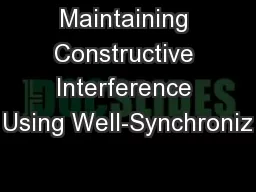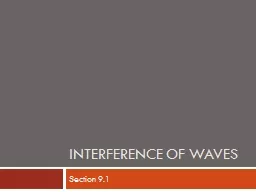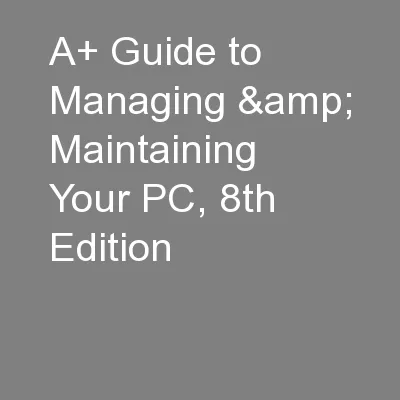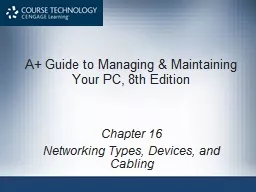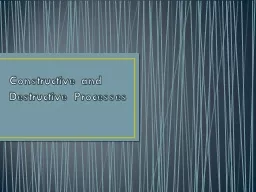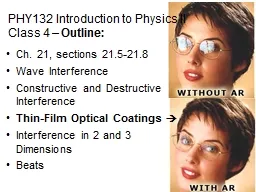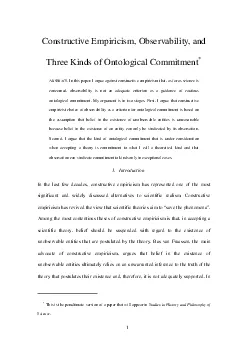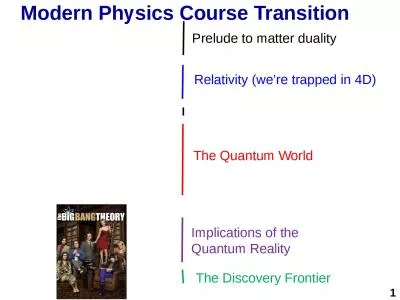PPT-Maintaining Constructive Interference Using Well-Synchroniz
Author : phoebe-click | Published Date : 2017-04-28
Michael König Roger Wattenhofer Constructive Interference CI Traditional Approaches to Transmission Synchronization Use an external clock Dont send complicated
Presentation Embed Code
Download Presentation
Download Presentation The PPT/PDF document "Maintaining Constructive Interference Us..." is the property of its rightful owner. Permission is granted to download and print the materials on this website for personal, non-commercial use only, and to display it on your personal computer provided you do not modify the materials and that you retain all copyright notices contained in the materials. By downloading content from our website, you accept the terms of this agreement.
Maintaining Constructive Interference Using Well-Synchroniz: Transcript
Download Rules Of Document
"Maintaining Constructive Interference Using Well-Synchroniz"The content belongs to its owner. You may download and print it for personal use, without modification, and keep all copyright notices. By downloading, you agree to these terms.
Related Documents

